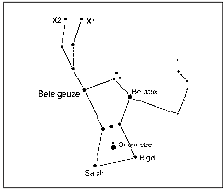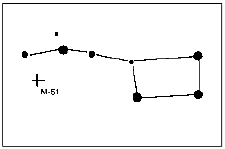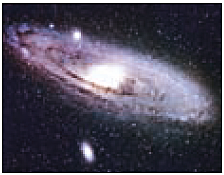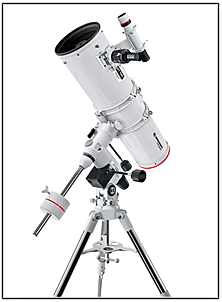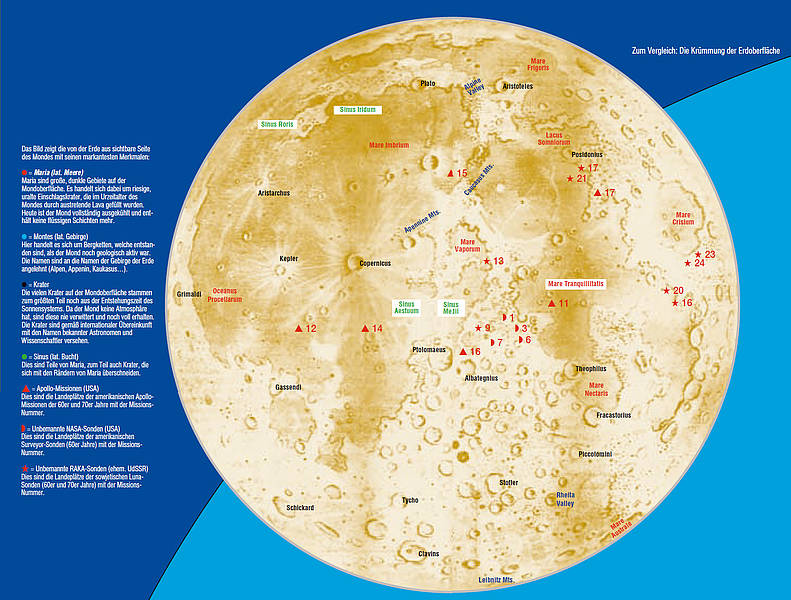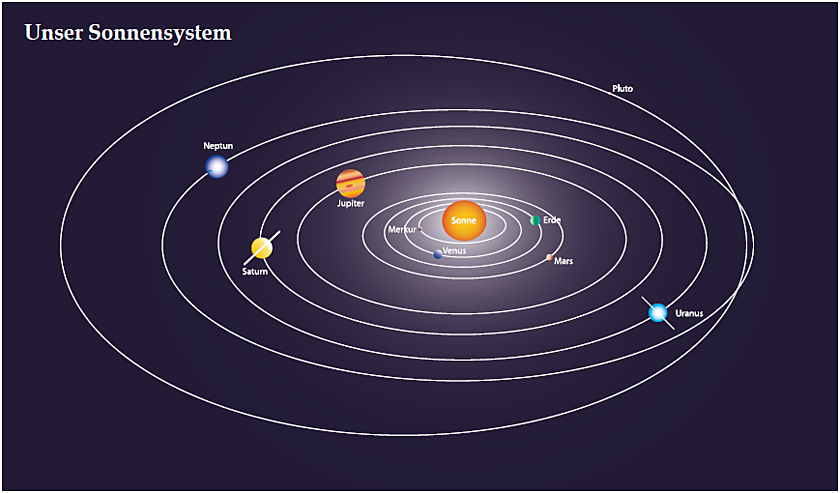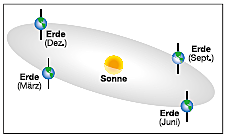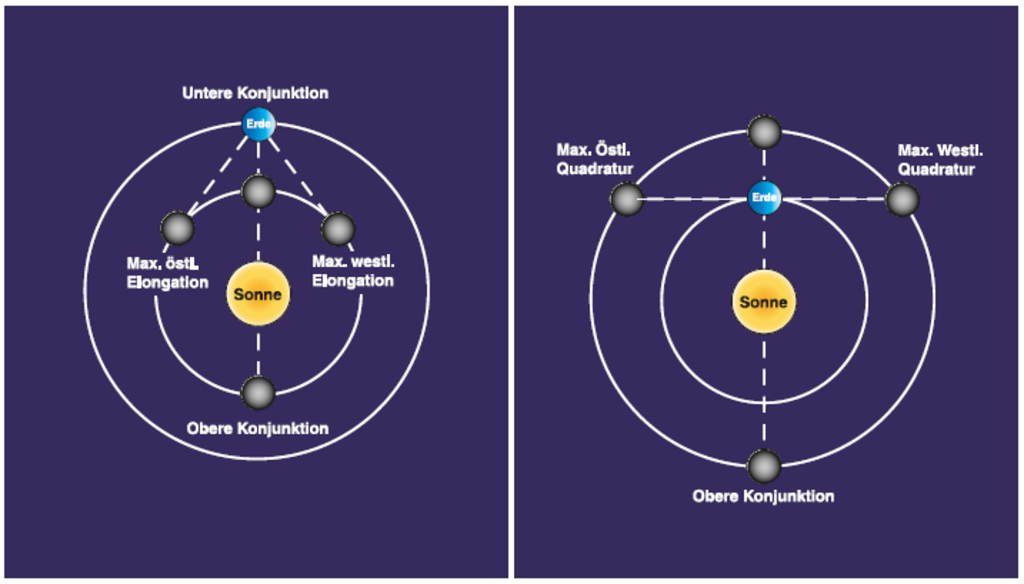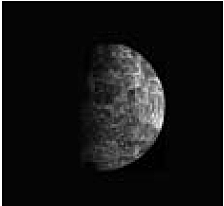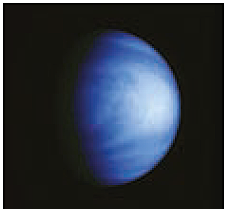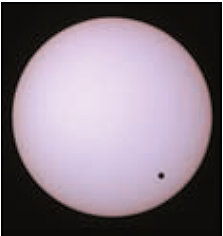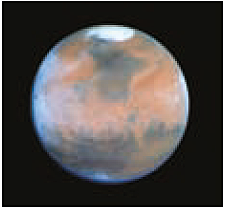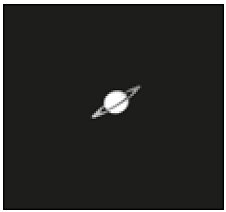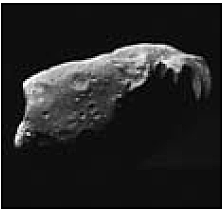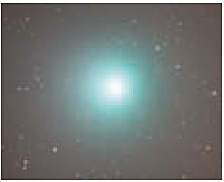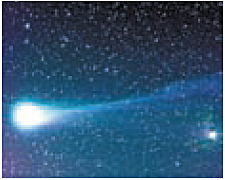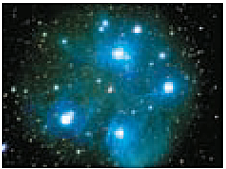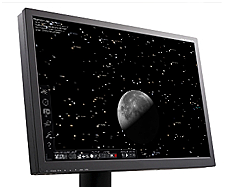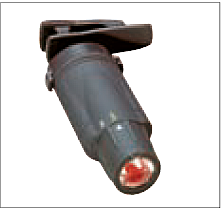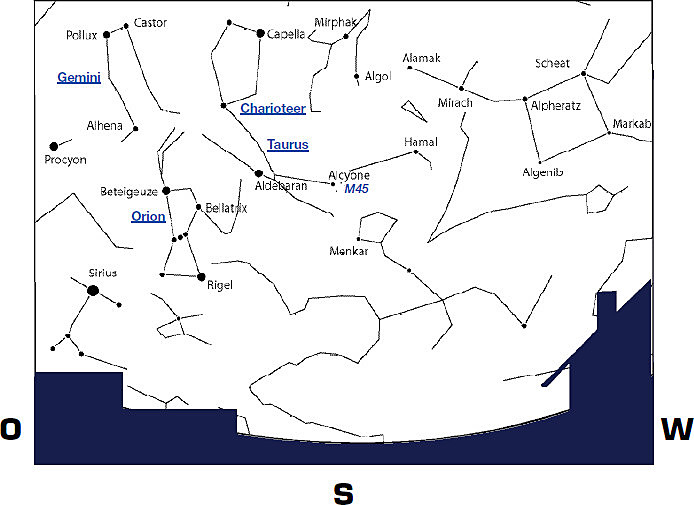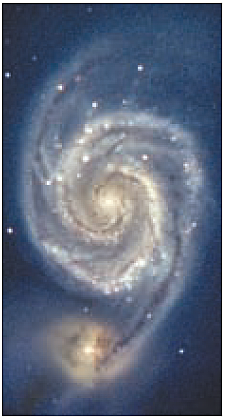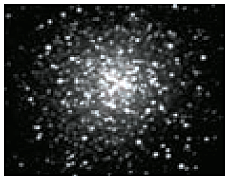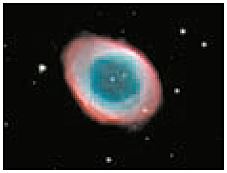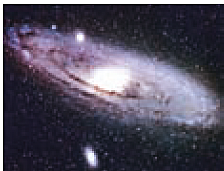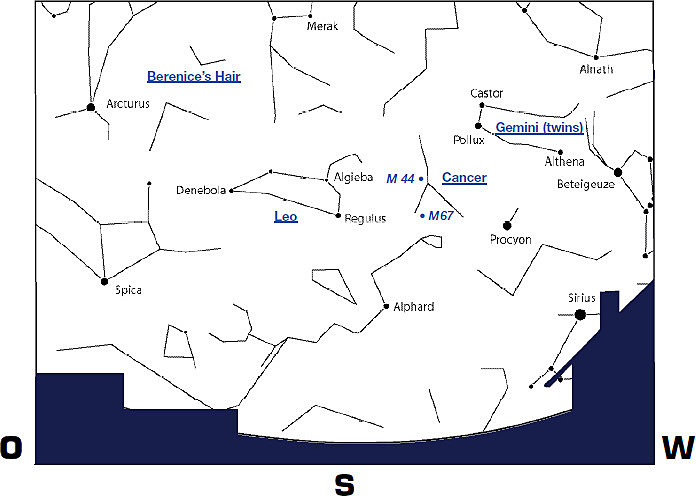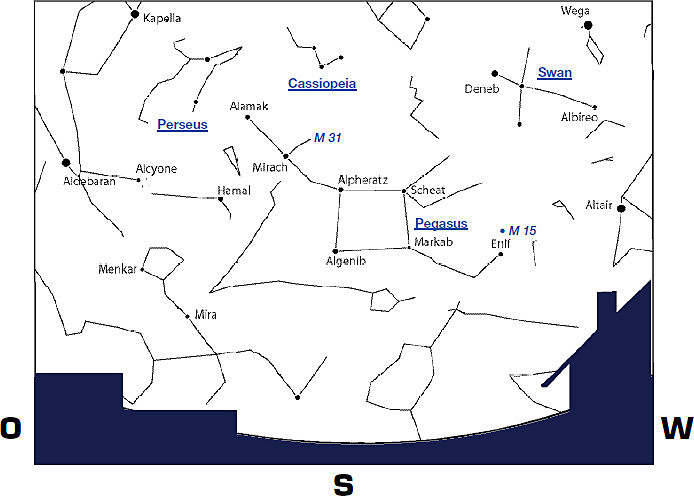The Lord of the Rings - Saturn
Saturn is the most impressive of the planets. Everyone has seen pictures of this ringed planet, but the live appearance of this planet is breath-taking. Observers experiencing this sight in the telescope cannot be removed from the telescope particularly during opposition, when Saturn shows an apparent planet of 20 arc seconds, then one can best observe the planet with its rings. In larger amateur telescopes, with good atmospheric conditions, separation of the rings into two can be seen. This is the Cassini division.
A further characteristic of the Saturn rings is the varying ring opening. Because of the slight inclination of the rings to the plane of the path of the earth, Saturn shows us the rings from all sides, in a cycle of approx. 30 years. In 1995 we were exactly at the level of the rings and Saturn seemed to be without rings. Afterwards the ring opening widened, so that the largest ring opening could be observed in the year 2002. During this time we saw the top side of the rings. Then for some years we could see the lower surface of the rings.
Like Jupiter, Saturn moons can be seen in the amateur telescope. The moon Titan is the most distinctive. In addition, the moons Rhea, Dione, Tethys, as well as Japetus can also be seen by amateurs. One knows the position of the moons from the yearbook “ Kosmos Himmelsjahr” (Cosmic Heavens Year). In this yearbook all astronomical events are listed for the current year.

 Deutsch
Deutsch
 English
English
 Francais
Francais
 Español
Español
 Italiano
Italiano
 Nederlands
Nederlands
 Polski
Polski

